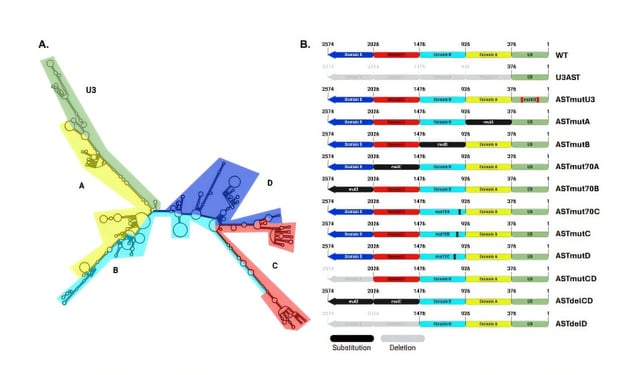Overview
- The approach uses HIV’s own antisense transcript to silence viral gene expression and induce deep latency in infected CD4+ T cells.
- Advanced laser-based cytometry pinpointed specific AST regions that recruit host proteins critical for maintaining viral dormancy.
- In cells from people living with HIV, transient AST delivery kept the virus inactive for at least four days before the genetic material degraded.
- This strategy could replace lifelong antiretroviral regimens by offering a single-dose, durable functional cure that targets latent reservoirs.
- Researchers are now focused on engineering a delivery vector capable of stable, long-term AST expression to advance the therapy toward clinical trials.
